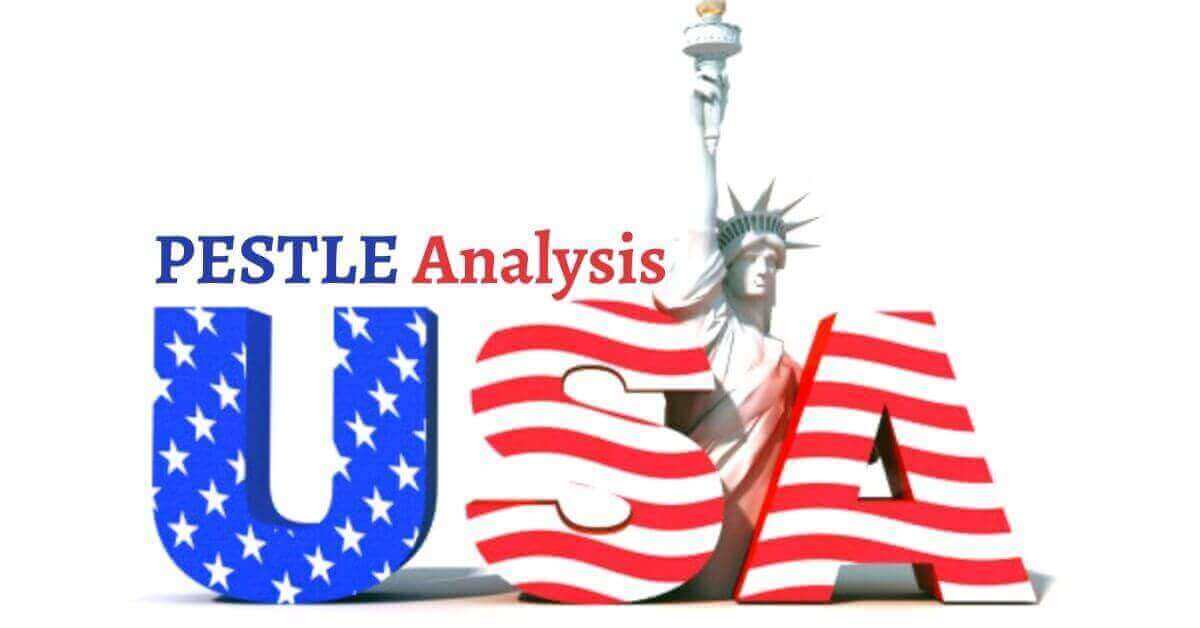Sainsbury’s is a retail chain British supermarket company. John James Sainsbury founded the retail chain company in 1969. The brand has established a network of approximately 1442 retail chain supermarkets across the UK. Today, we’ll discuss the PESTLE analysis of Sainsbury’s; it focuses on external environmental factors like; political, economic, social, technological, legal, and environmental factors.
Political Factors Impacting Sainsbury’s
Some of the main political factors in the Sainsbury’s PESTLE analysis are as follows;
I-Brexit Deal
Sainsbury’s is a British retail chain supermarket brand and the British government has made the Brexit deal which led the country to get out of the EU. The impact of the Brexit deal is that there will be no free trade with the neighboring EU countries and increased regulatory and documentary requirements for every trade and procurement. The retail chain supermarket brand should be ready for all types of regulatory compliance.
II-Government Regulations
The government health and safety regulations are very strict for all types of retail chain supermarket brands. They comprise of consumer health and safety, ingredient and material sourcing, procurement, labor laws, and other regulations. However, the objective is to ensure the health and safety of ordinary consumers; that’s why Sainsbury’s needs to comply with the regulatory requirements of the government.
III-Political Stability
The stable political environment of the country plays a crucial role in the growth of businesses and companies. Sainsbury’s procurements material and raw supplies from various countries worldwide; the politically turbulent environment of the procuring countries would make it difficult for the supermarket brand to procure material and supplies on time without any delays.
Economic Factors Affecting Sainsbury’s
Some of the main economic factors in Sainsbury’s PESTLE analysis are as follows;
I-Country’s Economy
The economic environment of the country is highly significant for the sale and growth of the retail chain supermarket brand. For instance, consumer shopping trends and spending habits, trending products and goods, the employment status of the population, and their disposable income level; all suggest the economic health of the country.
II-Inflation and Interest Rate
The inflation and interest rate are the two main economic indicators and they directly impact the sale and business of the supermarket brand Sainsbury’s. For instance, a higher interest rate would make the cost and expense of business loans higher and it decreases the investment rate of the brand. A higher inflation rate would increase the retail price of the products and goods, and the increasing price of the consumer product would decrease their sale.
III-Currency Exchange
The currency exchange market is highly volatile and it keeps changing due to various political and economic factors. For instance, Sainsbury’s procures raw materials and supplies from various countries in multiple currencies; a small change in currency exchange rate would negatively impact the sales, revenue, and profitability of the supermarket brand.
Social Factors Impacting Sainsbury’s
Some of the main social factors in the Sainsbury’s PESTEL analysis are as follows;
I-Consumer Spending Habits
The spending habits of the consumer market keep changing due to the changing market trends. For instance, the consumer market used to prefer ready-made food and fast meals a few years ago; and now they prefer organic food. Sainsbury’s needs to pay heed to the changing consumer market spending habits and adjust its products and services accordingly.
II-Health and Fitness Trends
The consumer market has become highly cautious about their health and fitness. They buy food products and goods that are healthy and dietary sustainable. In fact, they make sure that the company sourced and processed the ingredients and material ethically and sustainably. Sainsbury’s should comply with the health and fitness trends of the customer market.
III-Sustainable Consumption
Speaking of consumer market trends, the customer market has become conscious of their choices and their impact on the environment. They choose and buy from such brands are engaging in responsible and sustainable practices, recycling the product waste, and sourcing the materially responsibly. Sainsbury’s makes sure that its practices and production process and responsible and sustainable.
Technological Factors Affecting Sainsbury’s
Some of the main technological factors in the Sainsbury’s PESTEL analysis are as follows;
I-E-commerce Platform
Sainsbury’s has invested a significant amount of capital resources in the development of its e-commerce platform and online store. It allowed the retail chain supermarket brand to provide a seamless shopping experience to the customers online; easy check and check out process, and timely home delivery service to the customers at their doorsteps.
II-Digital Payment Method
Sainsbury’s is implementing the latest digital and contactless payment methods to provide a seamless shopping experience to online shoppers. It comprises contactless cards, digital and virtual cards, mobile wallets, and other digital payment methods to offer a user-friendly experience to customers.
III-Advanced Technology
Sainsbury’s is implementing advanced technological tools and equipment like AI, ML, data analytics, automation, and others. It allows the retail chain supermarket brand to automate its various production and procurement processes, predicting the customer demands in the upcoming seasons, and efficiently performing various tasks and activities to reduce cost.
Legal Factors Impacting Sainsbury’s
Some of the main legal factors in the Sainsbury’s PESTEL analysis are as follows;
Regulatory Compliance
Sainsbury’s should comply with the regulations and policies of the governments and countries. They comprise of health and safety regulations, labor laws, data safety and privacy laws, patents, IPR, and other legal requirements. Regulatory compliance would help the supermarket brand to smoothly perform its operations without any delays and disruption.
Environmental Factors Affecting Sainsbury’s
Some of the main environmental factors in the Sainsbury’s PESTEL analysis are as follows;
Sustainability Initiative
Sainsbury’s should make a strong commitment to environmental sustainability. It comprises taking sustainability steps like biodegradable packaging, renewable sources of energy, ethical sourcing of raw materials and supplies, and sustainable production and manufacturing processes to reduce the carbon emission rate.
Conclusion: Sainsbury’s PESTLE Analysis |PESTEL Analysis of Sainsbury’s |External Environmental Analysis of Sainsbury’s | Strategic Analysis of Sainsbury’s
After an in-depth study of the pestle analysis of Sainsbury’s; we have realized that Sainsbury’s is the world’s leading retail chain supermarket brand. If you are learning about Sainsbury’s PESTLE analysis; then you should keep in mind the abovementioned external environmental factors like; political, economic, social, technological, legal, and environmental.

Ahsan Ali Shaw is an accomplished Business Writer, Analyst, and Public Speaker. Other than that, he’s a fun loving person.


